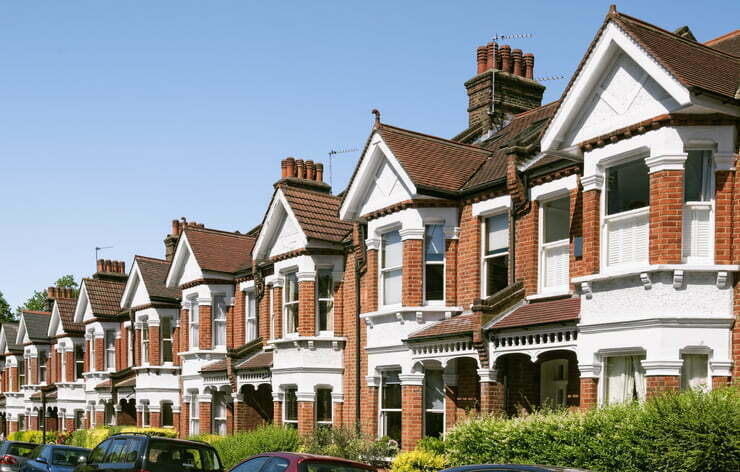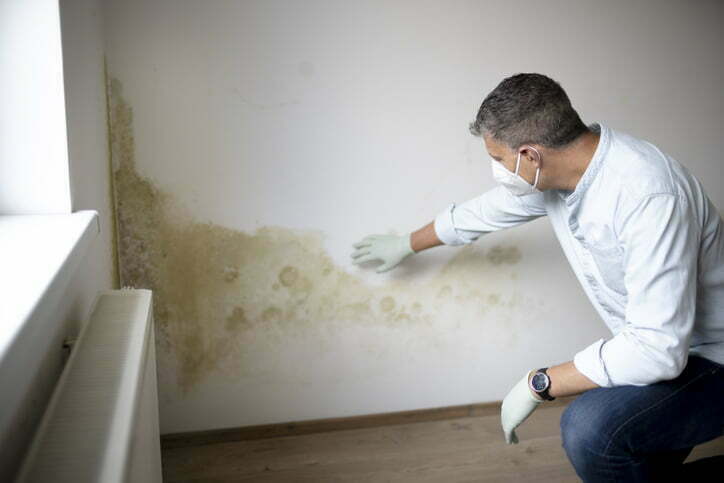Tapco HomeDry Dry Rot Treatment Bletchingley
We are long term members of Trust Mark and a member of the BWA. CHAS accredited contractor. In addition, all of our surveyors are trained to the high standards of the PCA (Property Care Association).



Dry Rot Specialist In Bletchingley
If you’re worried about the presence of dry rot in Bletchingley, trust Tapco Homedry to help put things right. Our specialist team will put your mind at ease, providing fast and effective solutions to stop the spread of dry rot and reverse the damage. We’ll help to safeguard your Bletchingley home against the widespread negative impact of dry rot.
Signs of dry rot in your home
It’s essential to know the early signs of dry rot in your home so you can quickly take action. Dry rot first appears as a white furry mould that spreads across timber structures. It then develops a rusty orange bloom from the centre that allows tiny spores to spread throughout your home. Wood that has already been damaged by dry rot will be darkened, brittle and will crumble easily. It will also have a telltale cuboidal cracking structure, which causes it to break down into small cubes.
What is dry rot?
Dry rot is the more common name for a type of fungus called Serpula lacrymans. It is found on the forest floor where it helps to break down falled and rotten timber to make space for new growth. It secretes an enzyme that digests wood, leaving it dry, brittle and ready to be broken down. Unfortunately for homeowners, dry rot can also make its way into your home. It can even make its way through the masonry to reach the underlying timber structure.
In the early stages of growth, the fungus appears as a furry white mould. As this spreads, a rusty orange bloom emerges and spreads the microscopic pores around your home, spreading to all suitable surfaces. Despite the name, dry rot actually needs damp conditions to be able to thrive. This is why we often have to address the cause of dampness in your home alongside addressing the presence of dry rot.
Difference between wet rot and dry rot
In short, it doesn’t matter if you have dry rot or wet rot in your home; both are damaging and need to be addressed as quickly as possible. The main difference between these types of rot is the conditions that they require in order to thrive. Dry rot needs moisture levels of around 20% while wet rot will need moisture levels around 50%.
Both issues suggest that you have a damp problem in your home. This could be the result of a plumbing leak, a broken roof tile, faulty rendering or a faulty damp proof course that is allowing moisture into your home. If you suspect a damp problem and are concerned about dry rot, get in touch with our team.

Dry rot experts in Bletchingley
If you’re concerned about dry rot in Bletchingley, Tapco Homedry can help. Rather than tackle the issue alone and risk widespread damage to your property, trust the experts to eradicate dry rot from your home. To arrange a dry rot and damp proofing survey, get in touch with our team today.
How is dry rot treated?
The first step in addressing a dry rot problem is to understand the cause of the issue and the extent of the damage. We will start by identifying the source of the damp that has allowed the dry rot to thrive. We can then tackle the damp and the dry rot at the same time. We’ll apply a fungicidal treatment to active dry rot and this will help to prevent the spores from spreading any further. Next, we will address the damage caused by the dry rot. This could involve replacing damaged timber with pre-treated wood that will be more resistant to dry rot in the future.


 Damp Proofing
Damp Proofing Basement Damp Proofing
Basement Damp Proofing Water Damage
Water Damage Condensation Control
Condensation Control Dry Rot Treatment
Dry Rot Treatment WOODWORM & WET ROT
WOODWORM & WET ROT CAVITY Wall Ties
CAVITY Wall Ties Property Maintenance
Property Maintenance Waterproofing And Tanking
Waterproofing And Tanking Structural Repairs
Structural Repairs
